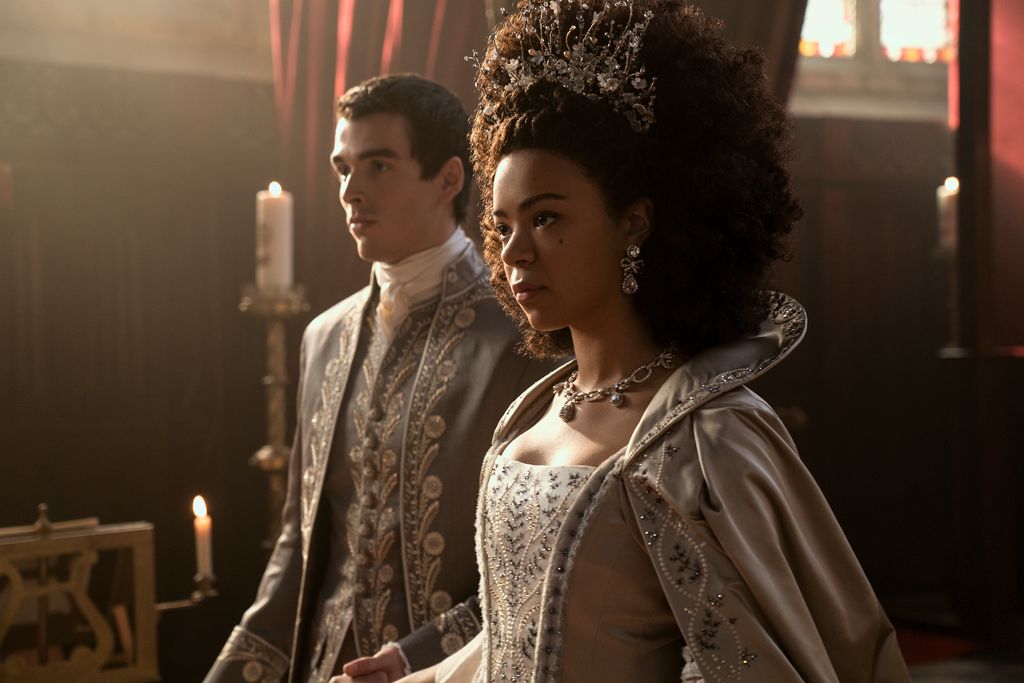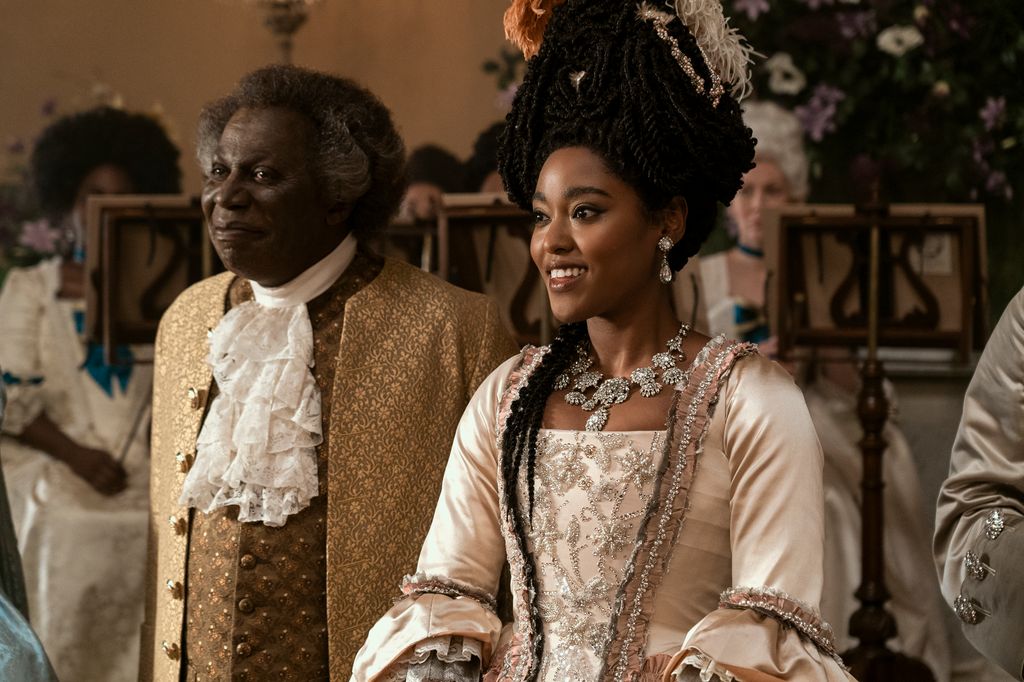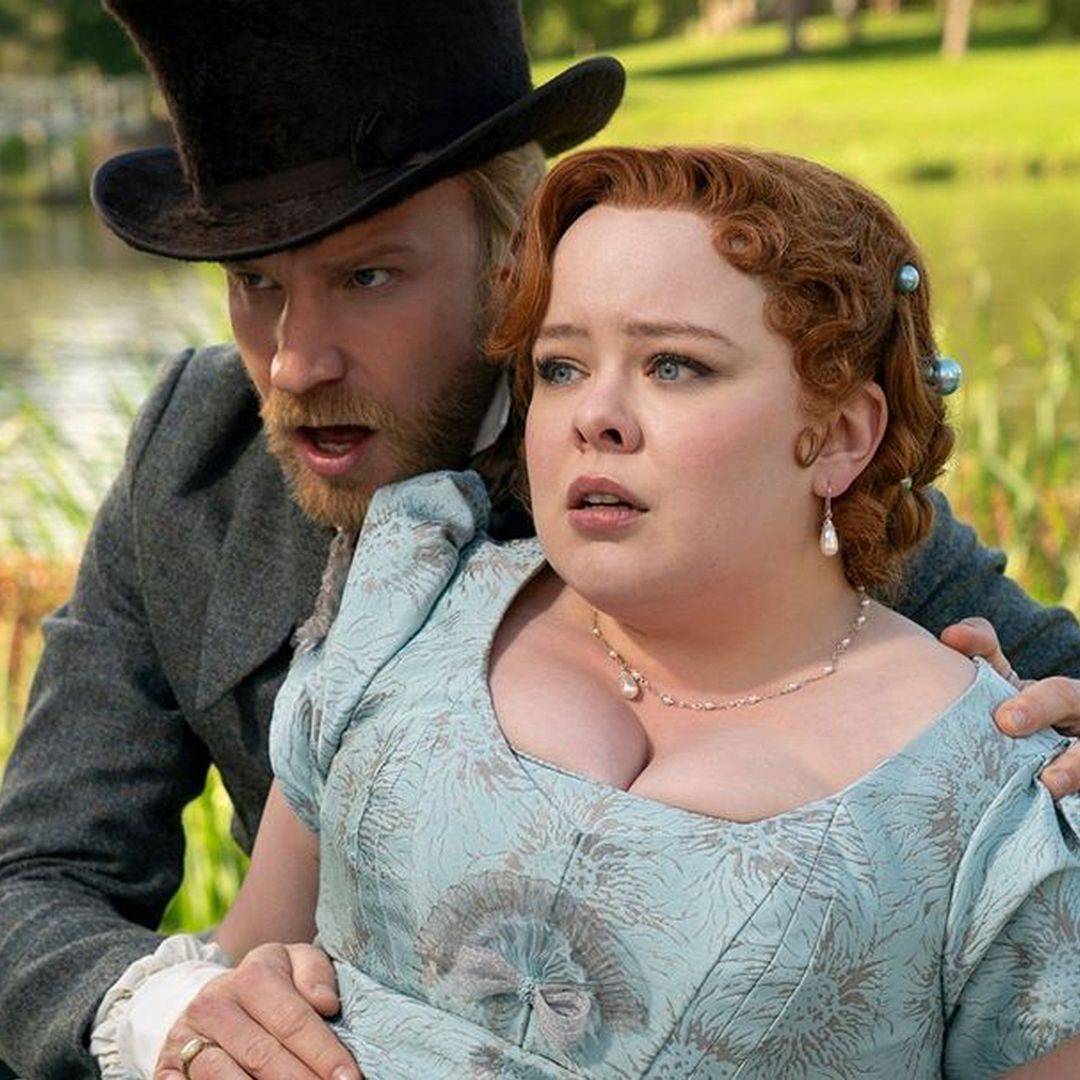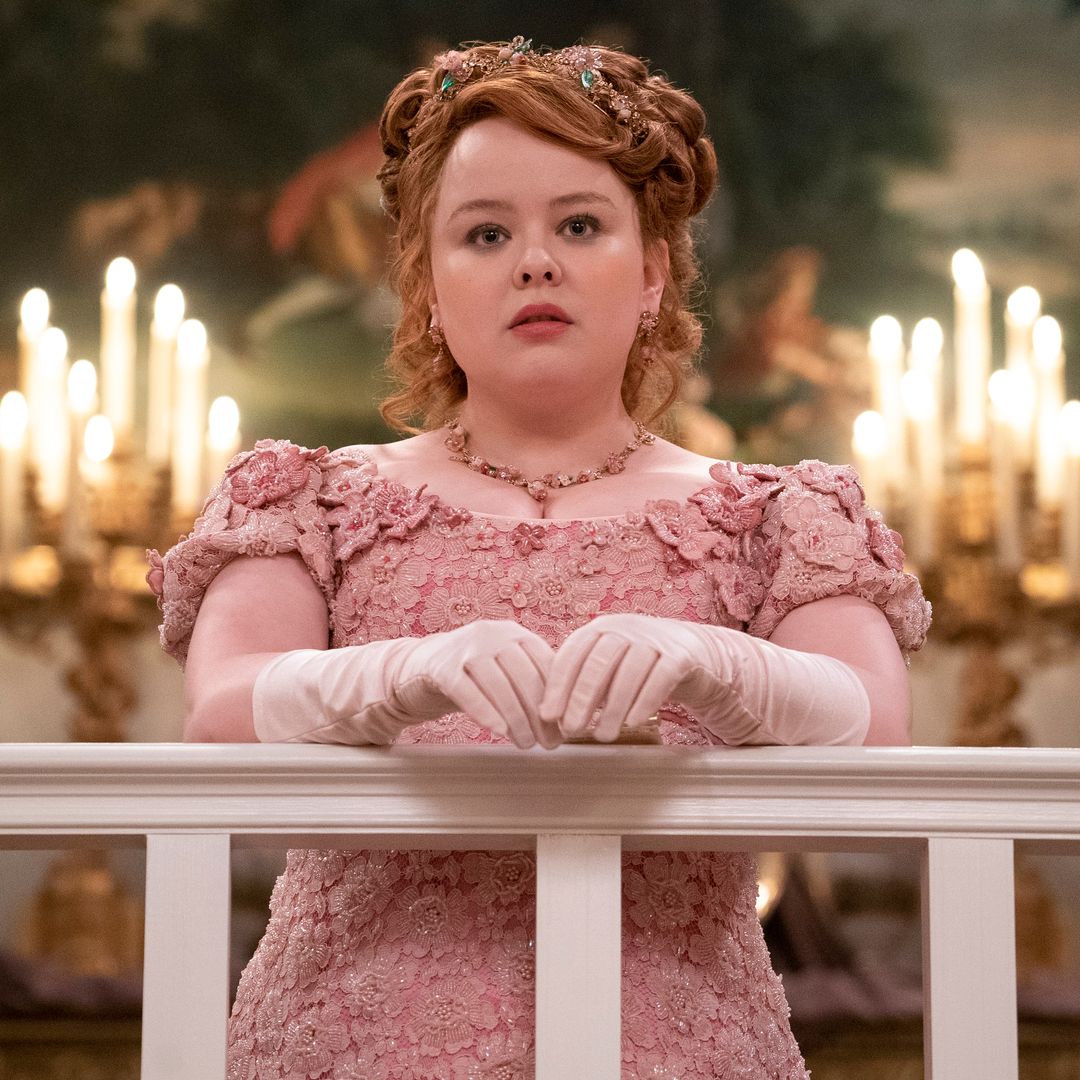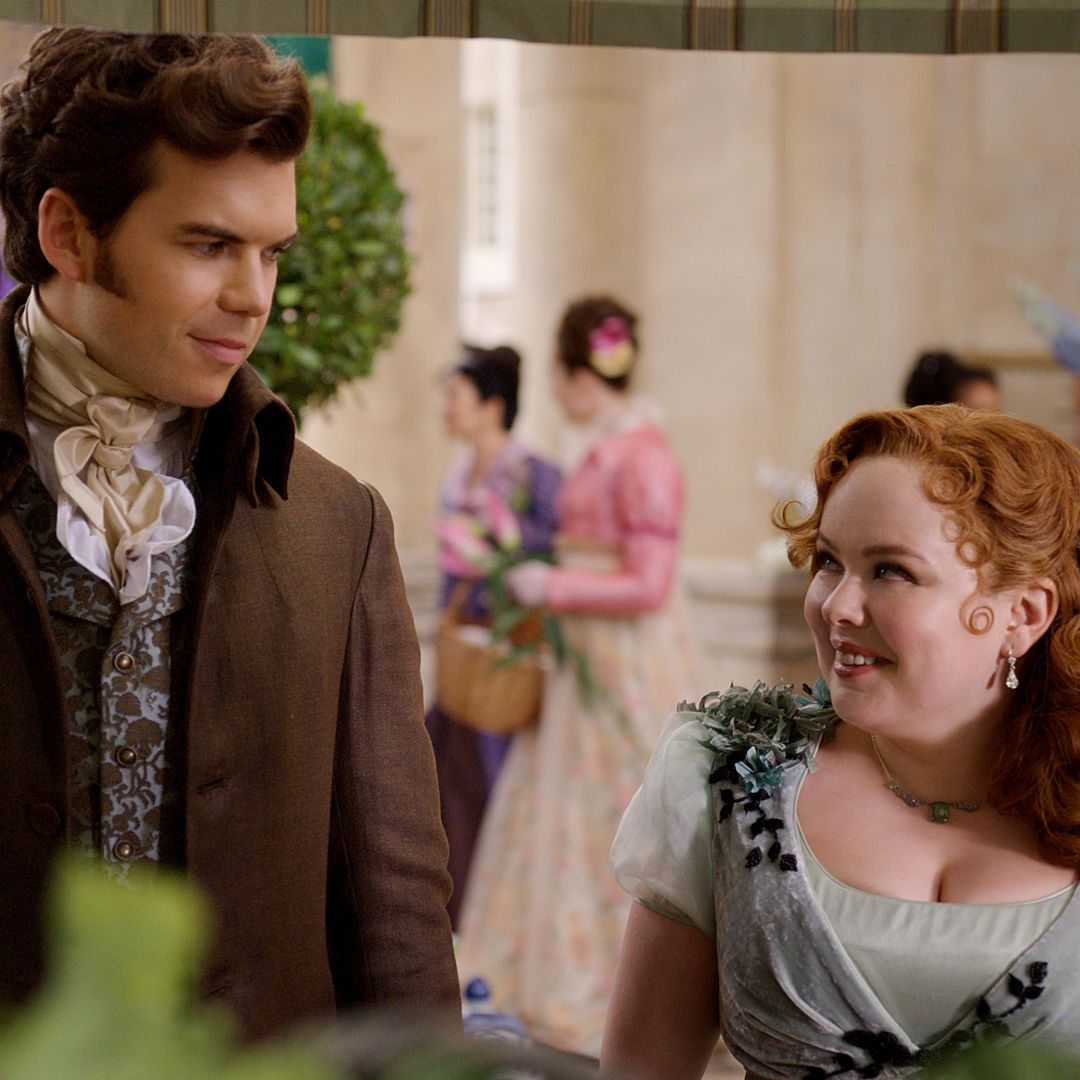Queen Charlotte on Netflix is arguably the most talked-about show right now and for good reason! The incredible cast and the brilliantly moving and heartwarming storyline has led fans to waste no time bingeing all eight episodes.
While viewers adored watching the blossoming romance and long-lasting marriage between Queen Charlotte (India Amarteifio) and King George III (Cory Mylchreest), it was tinged with sadness due to the declining health of George weaved throughout the show. The story is loosely based on fact (which you can read more about in our explainer), and the real King George III did suffer from a mental illness.
There has been plenty of debate between historians and academics about what the real monarch suffered from, with recent studies even suggesting a different diagnosis contrary to previous theories. Find out more below…
What did the real King George suffer from?
King George III was a historical figure who has been referred to as "Mad King George" since the monarch reigned between 1760 until his death in 1820. During his lifetime in the eighteenth century and early nineteenth century, there was a lack of mental health knowledge and medical resources, meaning that George's declining mental capacity was described as madness, and received treatment that, at the time, was deemed appropriate.
MORE: Bridgerton spin-off star Sam Clemmett reacts to playing first gay main role in franchise – exclusive
MORE: Queen Charlotte: every mention of Bridgerton season 3 in spin-off show
Academic studies state that the monarch suffered from convulsions, frothing at the mouth, incoherent rambling, and would eventually go on to lose his hearing, vision, memory and ability to walk. Studies also state that the King was treated with horrific methods to "cure" his "madness" such as solitary confinement and arsenic powder as a skin treatment.
Previous academic texts have suggested the monarch suffered from porphyria, a theory that held weight for several decades. However, more recent studies, including one from St. George's, University of London claimed that porphyria theory was "dead in the water", and instead insisted George had suffered from a psychiatric illness.
More recent historians and academics have conducted research and ruled what his condition he would be diagnosed as by today's medical standards, suggesting that the monarch suffered from bipolar.
What is known as a fact is that King George became so unwell that he was unable to continue reigning as an "active" monarch. Instead, George and Charlotte's son, Prince George, who became King George IV following his father's death in 1820, stepped in as an acting monarch and was known as the Prince Regent.
What is wrong with King George III in Queen Charlotte?
In Queen Charlotte: A Bridgerton Story, the declining mental health of King George III is a focal plot point. Viewers weren't unaware of his story, however, because they first saw James Fleet's portrayal of the King in the first season of Bridgerton, in which he was depicted as mad and hidden away from the Queen, played by Golda Rosheuvel in the Netflix series.
But it's during the spin-off where his condition is examined further. In Queen Charlotte, the King's illness is depicted as a psychiatric condition, which modern study supports, clearly leaning toward a more sympathetic portrayal of the monarch. His harrowing treatment is also hinted at in the show, although not shown explicitly on screen.
The Netflix drama also shows the King as unable to show weakness, which is a driving force behind him keeping his illness from Charlotte. Later down the line, King George is kept at Kew and away from Charlotte – which is also referenced in Bridgerton.
In real life, Queen Charlotte would eventually stop visiting her husband at Kew around 1812, just six years before her passing. The King lived until 1820 when he died of pneumonia at Windsor Castle.
Don't want to miss a story? Sign up to our What to Watch newsletter and get the heads-up on the shows and films everyone’s talking about.




